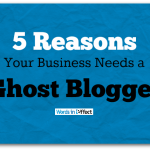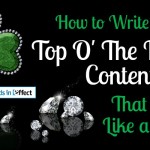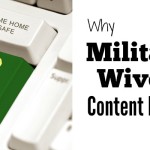
-
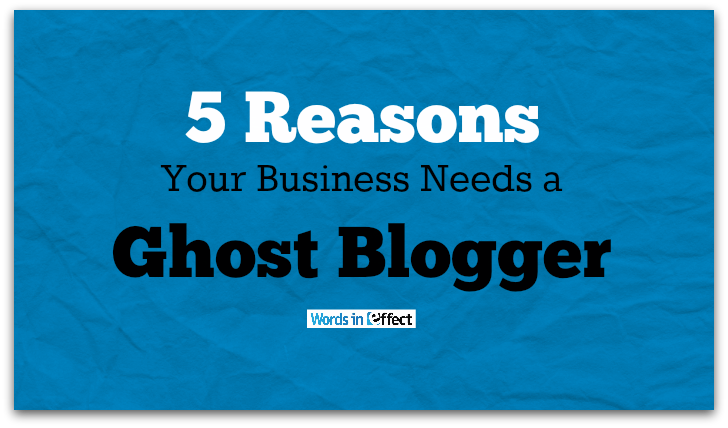
5 Reasons Your Business Needs a Ghost Blogger
“How do you feel about ghost blogging?” This question…
-
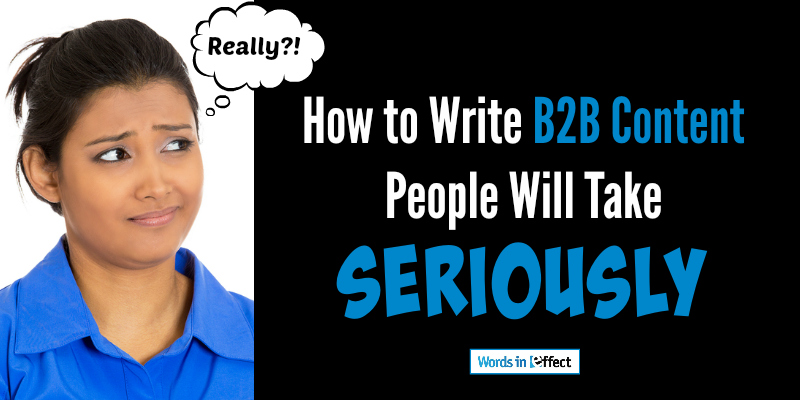
-
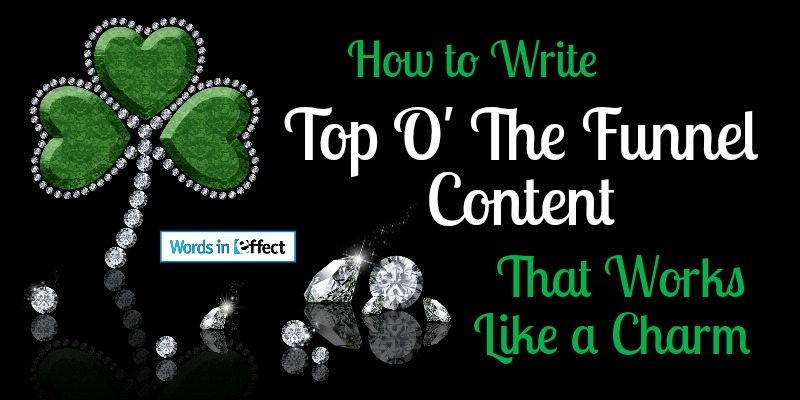
How to Write Top O’ The Funnel Content That Works Like a Charm
Are you a marketer who’s hoping to luck…
-
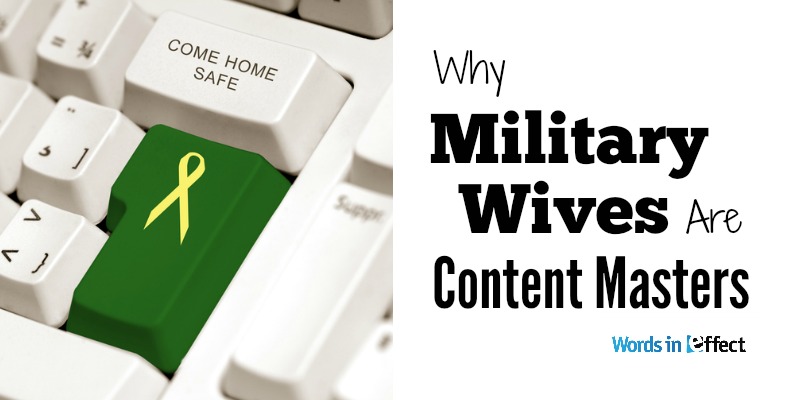
Why Military Wives Are Content Masters (and What You Can Learn From Them)
I’m a B2B content writer. I’m also the…
-
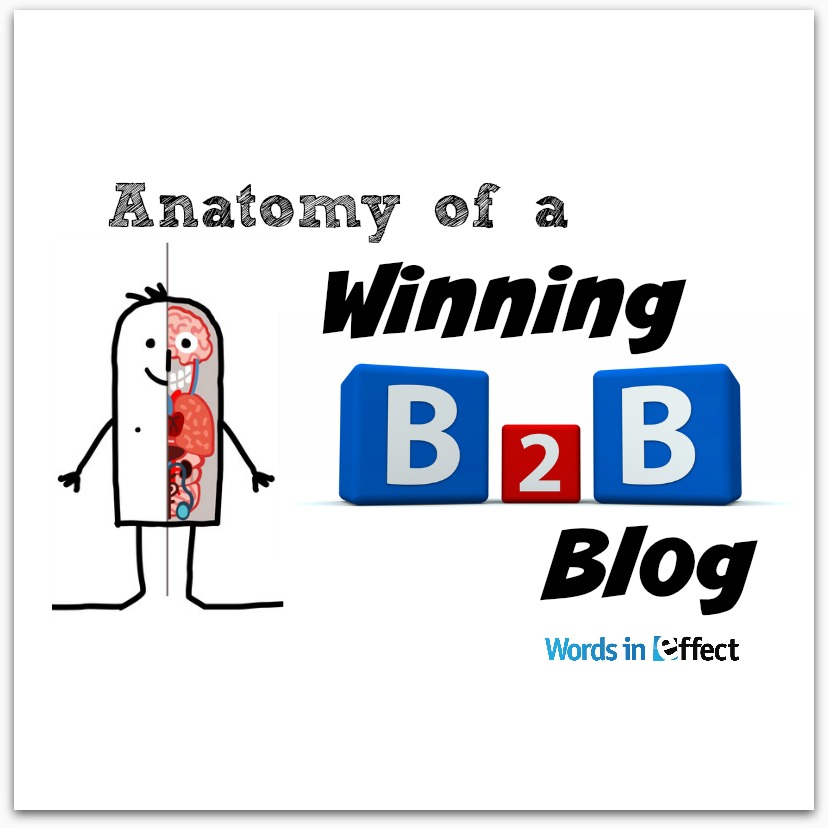
-

10 Perfect Gift Ideas for Your B2B Content Audiences
Are you a B2B marketer who’d like to say “thank…
Latest Posts
Categories
Tags
There’s no content to show here yet.
